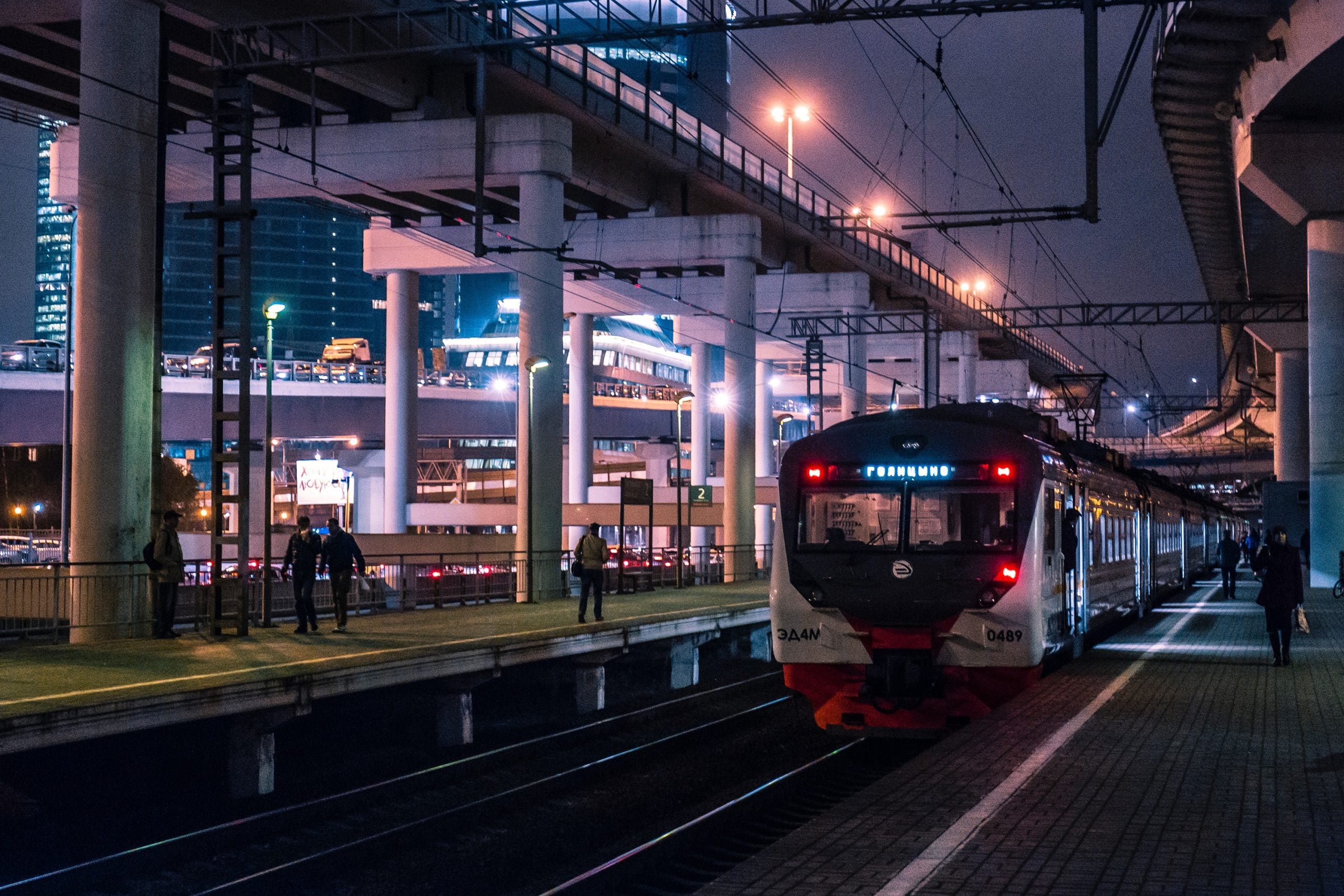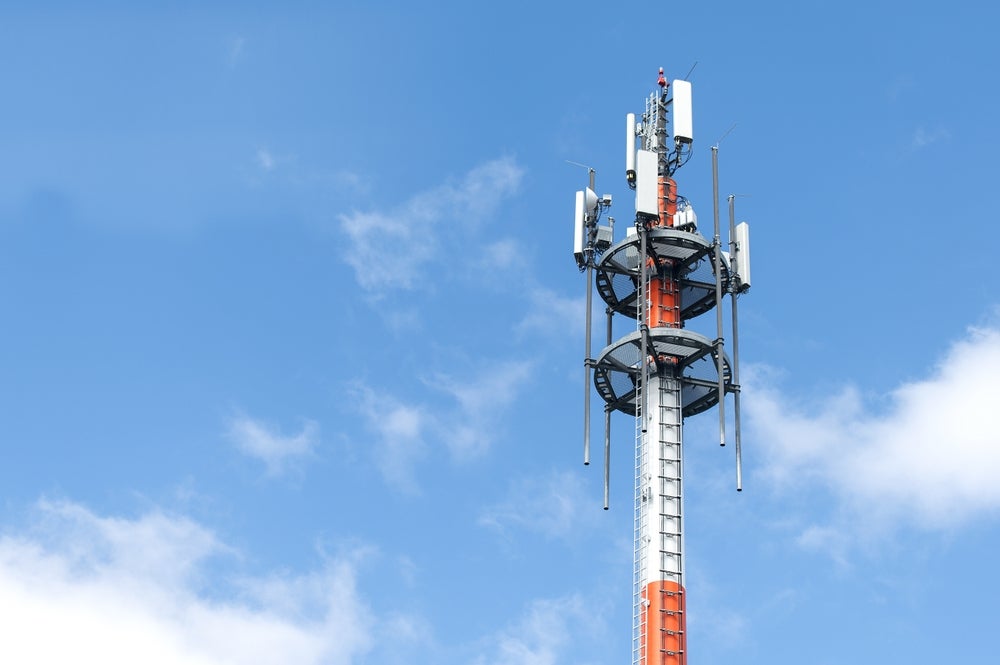In recent years, night trains have emerged as one of the best options for travel, striking a compromise between affordability, convenience, and environmental concerns.
However, establishing a network of night trains must be part of a broader reinvention and improvement of rail service in Europe, making trains more reliable, affordable, and accessible to passengers. Redefining the European night train model could potentially solve several transportation problems.
For the past 30 years, the number of night trains has been reduced throughout Europe to the point that they have almost completely disappeared. With the rise of low-cost airlines and high-speed trains, the economic model was no longer pertinent to market conditions. This particularly impacted France, with only two lines remaining since the Covid-19 pandemic.
However, a reversal has begun with new lines established in Austria, the UK, Sweden, Norway, and Switzerland—and dozens of projects backed by the European Commission all across Europe.
Why are night trains the best option for transport?
The main argument in favour of night trains is primarily environmental, as rail is significantly less polluting than other modes of transport. Electric trains, for instance, emit on average 23 times less CO₂ per passenger per kilometer than planes and 17 times less than cars, according to a study for the French government. More night trains would enable a new customer base to switch to rail transport, thus reducing greenhouse gas emissions.
Night trains are also more environmentally friendly than their high-speed counterparts, as they use less energy (whether that be fuel or electricity) due to their reduced speed and do not rely on the construction of special high-speed tracks that destroy natural habitats and are expensive to maintain. The market for trains is gradually regaining ground in aviation, partly driven by environmental consciousness and so-called ‘flight shame’ among younger generations.
How well do you really know your competitors?
Access the most comprehensive Company Profiles on the market, powered by GlobalData. Save hours of research. Gain competitive edge.

Thank you!
Your download email will arrive shortly
Not ready to buy yet? Download a free sample
We are confident about the unique quality of our Company Profiles. However, we want you to make the most beneficial decision for your business, so we offer a free sample that you can download by submitting the below form
By GlobalDataA reliable European night train network would be especially popular with younger people, as interrailing is becoming a common touristic practice thanks to recent social media trends. The model’s economic viability would be ensured by different levels of service, ranging from traditional seating to private compartments with or without showers. This would allow night trains to cater to various profiles, thus maximizing both usage and profits. Seasonal routes would also benefit operating companies and passengers, with trains from large urban areas to the seaside in summer and to ski resorts in winter.
Challenges to overcome
A potential hindrance to establishing a European night train network is the inaction of governments and operating companies. While French President Emmanuel Macron announced the launch of new night train lines over three years ago, very little has changed since.
The infrastructure is insufficient, aging, and uncomfortable, and with a failure to break even, its economic model is described as “fragile” and even “impossible” by SNCF executives. The operating company is currently relying exclusively on government funding—which at €100m ($112m) is insufficient—for the development of this service, with no desire for any significant investment at the moment. In this context, it is hard to envision any progress in the coming years.
Another possible limitation to night trains is the reluctance of rail personnel to extend working hours, with the potential for industrial action, particularly in Germany and France, where rail unions strongly influence government decisions. Night trains may also incur additional fixed costs to operating companies, such as extra cleaning, laundry, and extended service hours. Finally, night trains are not suitable for all user profiles, with business travelers being especially hard to target due to the long journey times.
The complementarity of internal and cross-border lines
The interconnectivity of European night train networks is key to their success. France and Germany play a particularly crucial role in this, as they are located at the heart of Europe and boast strong rail networks—the two countries combined represent 48% of the European passenger rail market value, according to statistics from MarketLine. To provide a credible alternative to flying, which is often cheaper and quicker, night trains must diversify their destination and connection offers. Potential future destinations from Paris include Berlin, Copenhagen, Hamburg, Madrid, Rome, Venice and Vienna.
Users must be able to book their complete journeys online and have all tickets in a single booking in case of delays. Night trains should aim to connect central European hubs, with national connections available upon arrival. On the national level, internal night trains increase inter-territorial mobility, especially between urban agglomerations.
This is a particular problem in France, which has a highly Paris-centric rail network. Middle-size towns serviced on both ends of night train lines would also play an important role in increasing access numbers and revenue. Large, modular trains are a crucial part of the network’s adaptation to seasonal and weak passenger flows and its capacity to provide service to a broader range of urban and peri-urban destinations.







